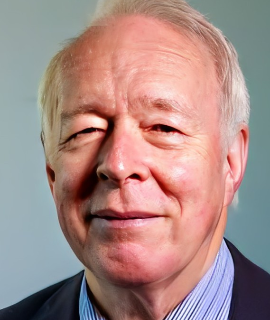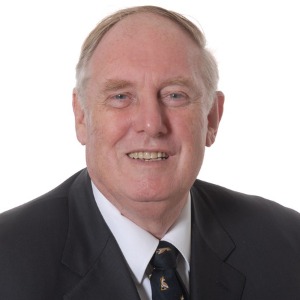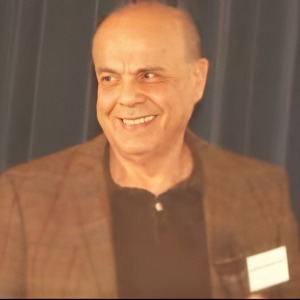Dental advertising
Dental advertising is an important part of a successful dental practice. It helps to attract new patients and build relationships with existing ones. It can also be used to inform potential patients about the services and products offered by a practice. The most effective dental advertising campaigns use a combination of traditional and digital media. Traditional media can include print ads, radio spots, and television commercials. Digital media can include websites, blogs, and social media. When creating a dental advertising campaign, it is important to consider the target audience. Different types of ads may be more effective for different types of patients. For example, radio spots may be more effective for older patients while websites and social media may be more effective for younger patients. It is also important to consider the message of the ad. A dental ad should accurately and clearly communicate the services and products offered by a practice. It should also create a positive image of the practice and its staff. Finally, it is important to use effective tracking methods. It is important to be able to measure the effectiveness of an ad to determine which strategies are working and which need to be changed. Tracking methods can include tracking the number of website visits, tracking the number of calls from potential patients, and monitoring social media engagement. By utilizing a combination of traditional and digital media and focusing on the target audience, creating a positive image, and tracking results, dental practices can create successful advertising campaigns that help attract new patients and build relationships with existing ones.

David Geoffrey Gillam
Queen Mary University of London, United Kingdom
Christopher Turner
Spacemark Dental, United Kingdom




Title : Evaluating hygienist follow up for head and neck oncology patients in secondary care: Results from a two cycle audit
Peter Basta, Newcastle Dental Hospital, United Kingdom
Title : Atypical facial pain unravelled
Christopher Turner, Spacemark Dental, United Kingdom
Title : New treatment of temporomandibular disorder through muscle balance and muscle regeneration by activation of quiescent muscle stem cells( satellite cells) with mitochondrial dynamics
Ki Ji Lee, National Reserach Foundation & Busan Medical University, Korea, Republic of
Title : Cutaneous, Cranial, skeletal and dental defects in patients with Goltz syndrome
Ali Al Kaissi, National Ilizarov Medical Research Center for Traumatology and Orthopaedics, Russian Federation
Title : The nature and management of dental erosion in patients with bulimia nervosa
Maya Fahy, The Royal Victoria, School of Dentistry, United Kingdom
Title : A systematic review on the early detection of oral cancer using artificial intelligence and electronic tongue technology
Maryam, Kardan Dental Clinic, Iran (Islamic Republic of)